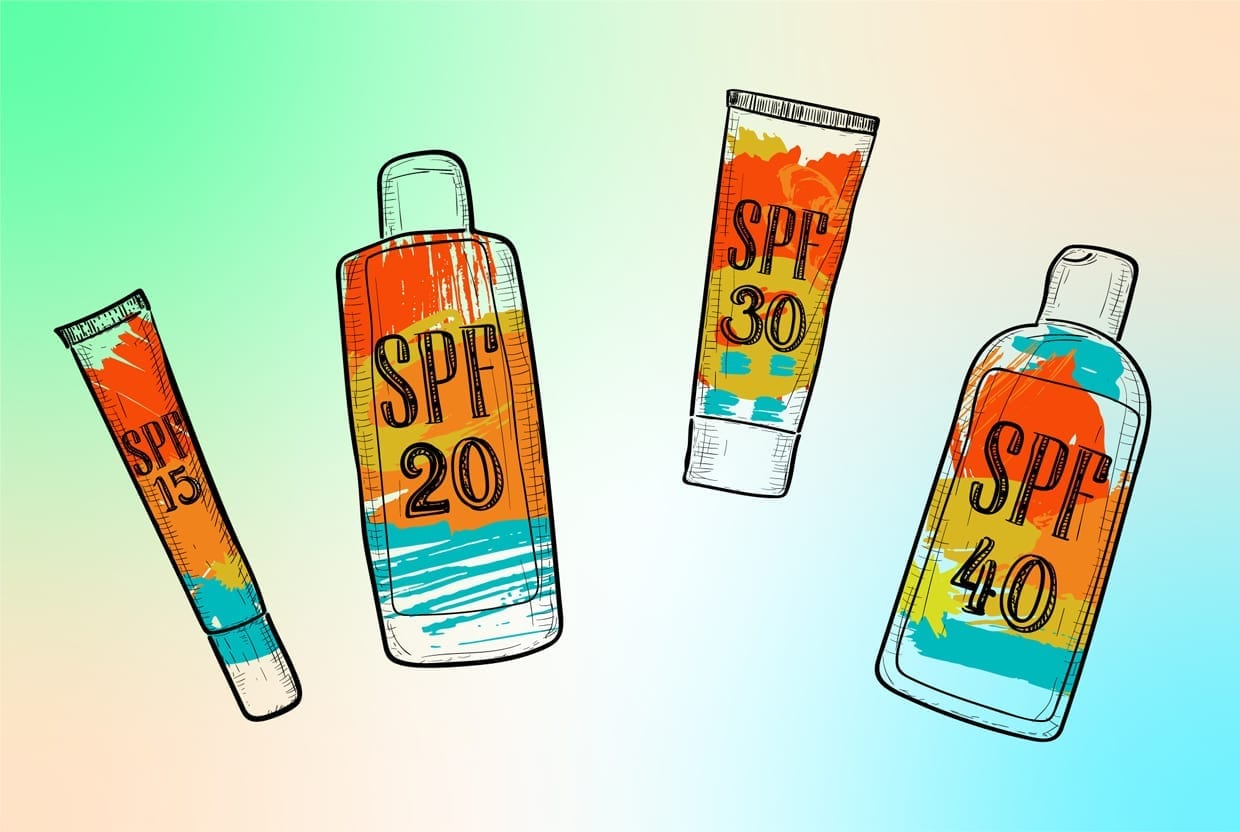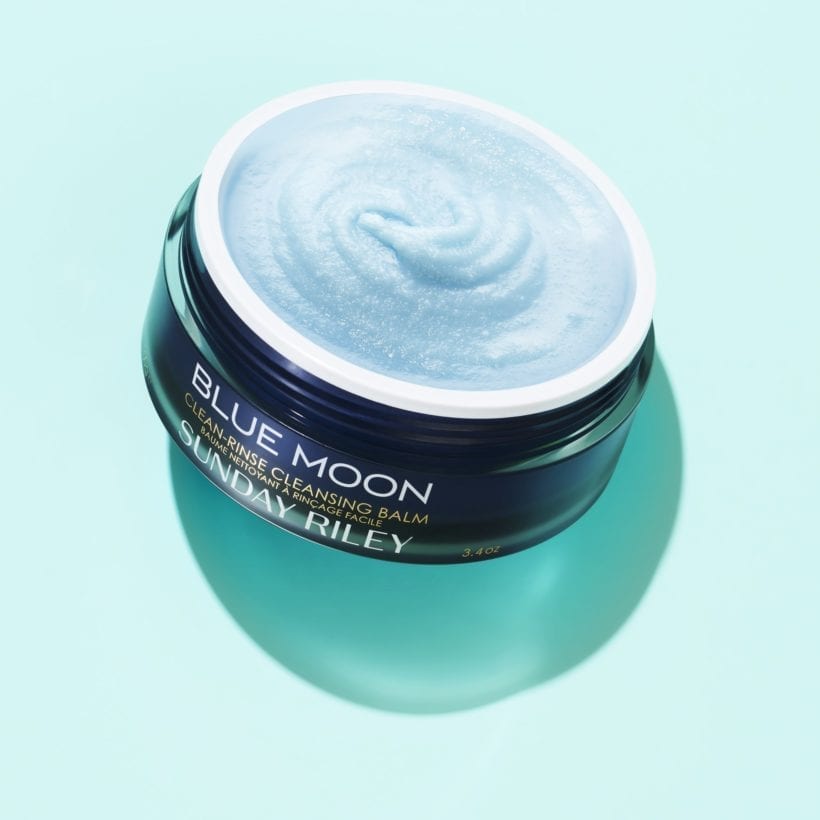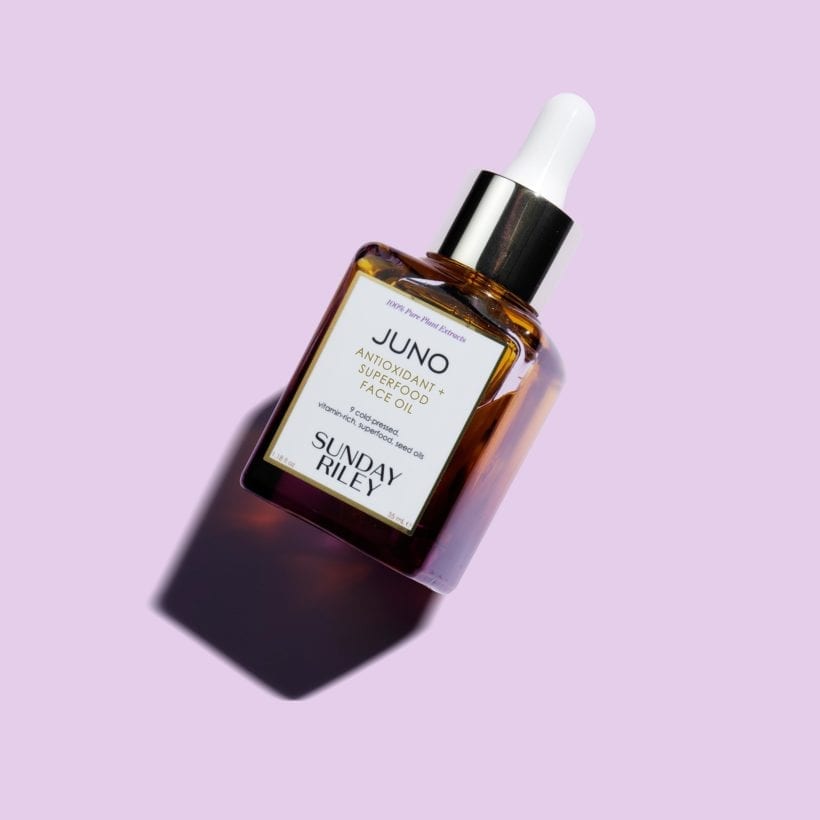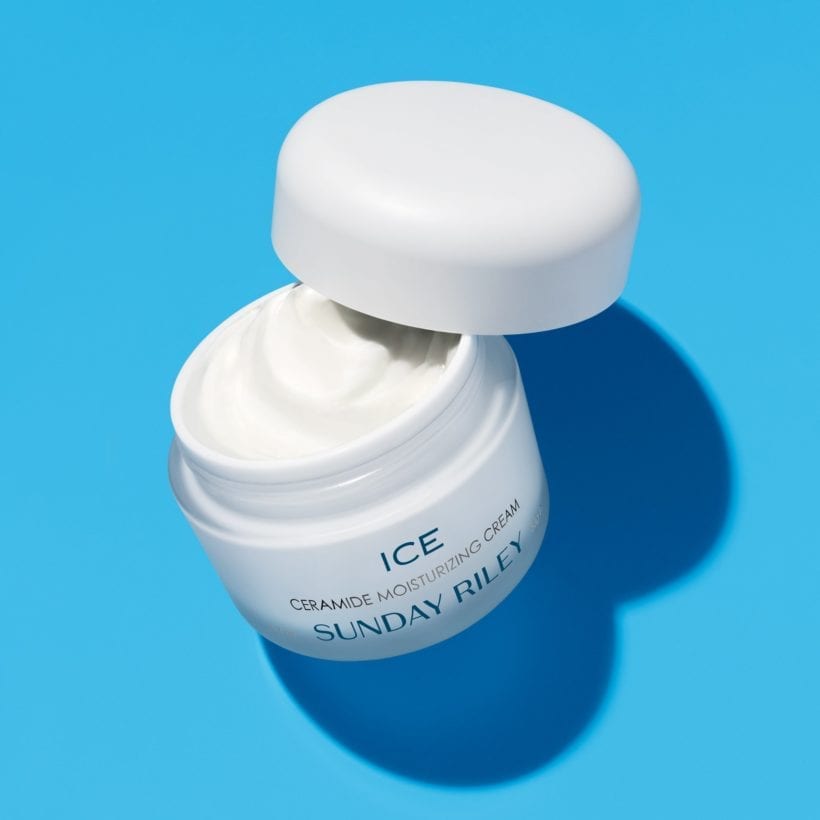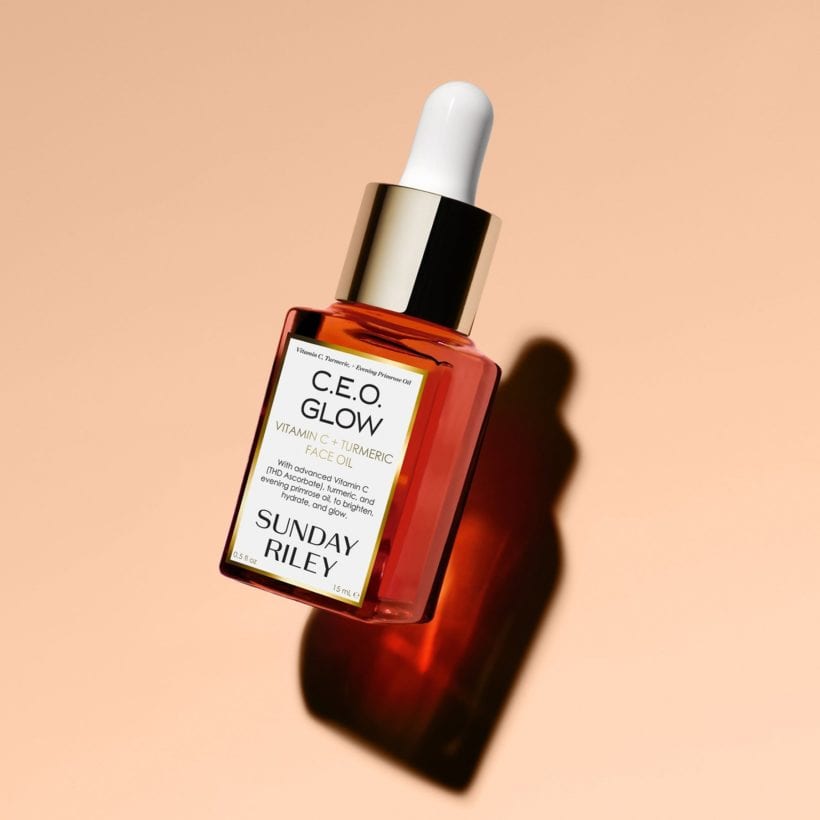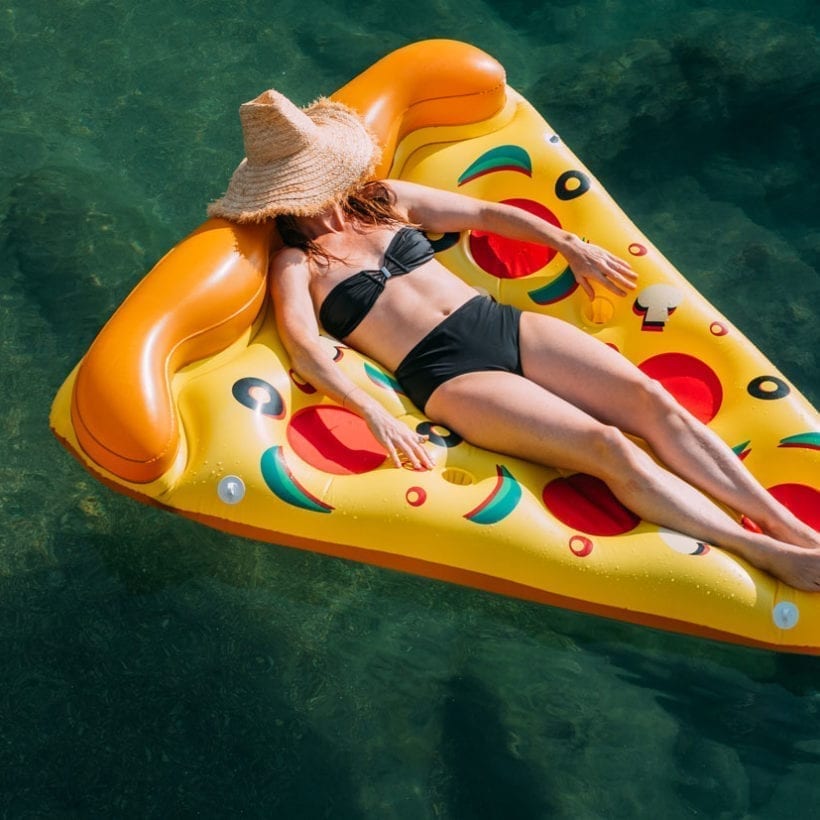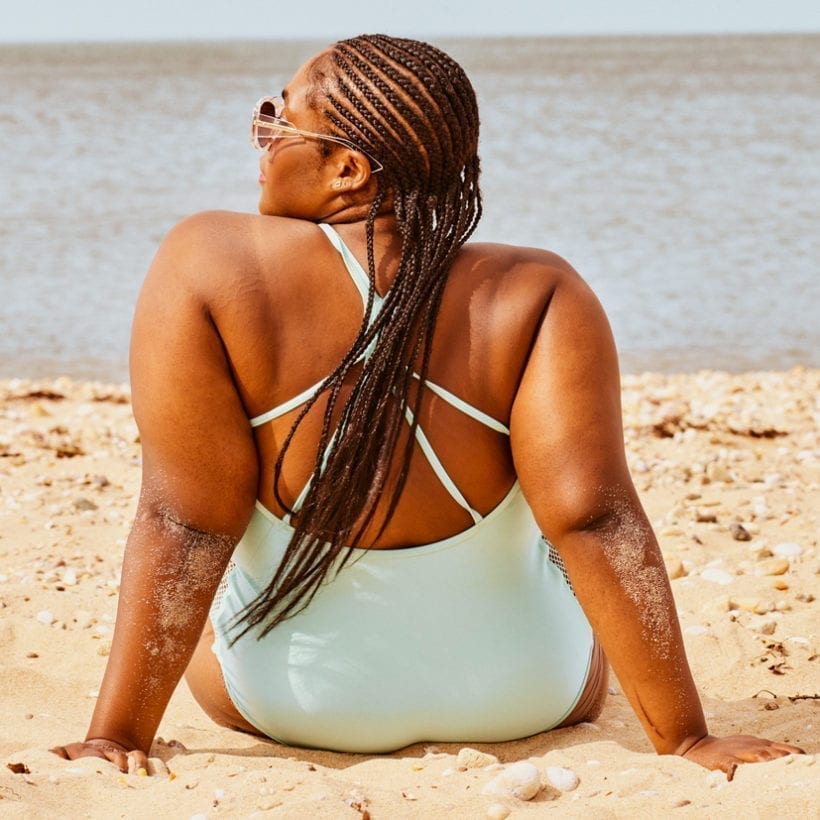There is one question that gets asked every summer: Does a really high SPF actually make a difference? You may be prone to reach for a sunscreen with SPF 30, while your friend prefers SPF 100 (and constantly reminds you that it is a better choice).
But is it?
In theory, sunscreen with a higher SPF should offer more protection. But in practice, it does not quite work that way. Dermatologists and other experts worry that using a higher SPF may create a false sense of security, and people may feel justified in spending more time in the sun.
Meet the Experts
Sunday Riley , CEO, founder and product formulator
Whitney Bowe , M.D., a board-certified dermatologist in New York City
In fact, the U.S. Food and Drug Administration — the agency has been reevaluating the safety of sunscreens this year — has even proposed to cap the SPF max at 60, which has received wide controversy. It is important to note that the market can still see products with an SPF up to 80, as the final regulations are yet to be determined.

What is SPF?
SPF stands for sun protection factor and measures how long your sunscreen will protect you from ultraviolet (UV) B rays, which are the rays that cause skin burning and damage the epidermis — the outer layer of the skin — where most of the common forms of skin cancer occur. ‘The SPF number essentially tells you how long the sunscreen will protect you from UV rays,’ explains Sunday Riley. For example, using an SPF 15 sunscreen means you will take 15 times longer to burn than not using sunscreen.
But it gets tricky once you go beyond SPF 30. “In a laboratory setting, when you’re testing sunscreens when you go above an SPF 30, there doesn’t appear to be any additional benefit or very marginal benefit,” says Whitney Bowe, M.D., a board-certified dermatologist in New York City. According to the Environmental Working Group (EWG) and the Skin Cancer Foundation, SPF 30 blocks about 97 percent of harmful UVB rays, SPF 50 blocks about 98 percent, and SPF 100 blocks about 99 percent. You would think an SPF 100 would block twice as much as an SPF 50, right? That is not the case. Sun protection grows exponentially when SPF goes up to 30, and then growth is marginal. If anything, it is just that higher SPFs can be a little more forgiving, acting as a buffer for when we do not apply as well or as often as needed. These margins also play into the FDA’s proposed cap on SPF labeling — it is misleading that with SPF 100 you are completely clear of sun damage (you are not).
Higher SPFs can act as a buffer for when we do not apply as well or as often as needed.
‘I’m a passionate advocate for sun protection,’ says Riley. She emphasizes the importance of daily sunscreen application, even on cloudy days, and reapplying every two hours when exposed to the sun. Sunday prefers sunscreens that offer broad-spectrum protection to shield against both UVA and UVB rays, which can prevent premature aging and skin cancer. In her daily routine, Sunday recommends using a facial-specific SPF to avoid the heavier formulations typically found in body sunscreens, which can clog pores and cause breakouts. Her tips for sun protection also include using oil-free, non-comedogenic formulas to prevent acne and incorporating antioxidants like vitamin C under sunscreen to enhance its protective effects and provide additional skin benefits.
Sun damage affects the skin by causing free radical formation, leading to oxidative stress and skin cells and DNA damage. This results in visible signs of aging, such as wrinkles, fine lines, hyperpigmentation, and loss of skin elasticity. UVB rays cause sunburn and damage the epidermis, while UVA rays penetrate deeper, breaking down collagen in the dermis and leading to long-term damage like sagging skin. ‘Vitamin C can help reverse this damage by neutralizing free radicals, promoting collagen synthesis, reducing hyperpigmentation, and providing anti-inflammatory benefits. To effectively incorporate vitamin C into your skincare routine, use a vitamin C serum in the morning after cleansing and before moisturizing, and always follow with a broad-spectrum sunscreen of SPF 30 or higher. Consistent use of vitamin C, paired with sunscreen, can significantly improve skin texture and tone by protecting against further damage and enhancing skin’s natural healing processes,’ adds Riley. ‘Vitamin C is essential for protecting your skin against pollution and other environmental aggressors, which can cause skin damage like hyperpigmentation, fine lines, and dullness. We use THD Ascorbate in our C.E.O. line, which is the absolute gold standard of vitamin C – a highly potent, more stable, and less irritating form. Ensure the ingredients you’re putting on your skin are high quality and at the highest standard.’
Does the Number Matter?
In one study, participants applied SPF 50 to one side of their face and SPF 100 to the other before spending the day in the sunlight. The following day, when assessed for damage, researchers discovered that the side with SPF 50 was 11 times more likely to burn than the side with SPF 100. So, all in all, there is something to be said about higher SPF values when used in real life. Interestingly, most Japanese sunscreens have high SPF (somewhere between 35 and 50), which is also called the PA factor, which is the measure of how much protection the sunscreen has against UVA rays. PA protection is measured in plus signs, not in numbers. So, it is common to see anything from PA+ to PA++++, which is the highest protection at the moment.
However, what seems to matter more is the application. Essentially, when you use an SPF 30, you may only get an SPF of 10, and when you use an SPF 50, you may actually be getting an SPF closer to 30. “In real life, people are more likely to use less sunscreen than they’re supposed to, and they’re less likely to reapply it as frequently as they’re supposed to,” says Bowe. “With sunscreens that have an SPF 50 or SPF 100, they actually have more of a buffer, so you’re less prone to user error with a bit more room for mistakes.”
‘You should apply well and often — even if you do not burn, spending more time in the sun can still damage your skin and make you age faster thanks to the aging ray (UVA),’ says Sunday. UV rays are strongest between 10 a.m. and 4 p.m. when the sun is highest in the sky. With a higher UV index, you should reapply sunscreen more often. Bowe says that even though it might be unrealistic to tailor sunscreen application based on the UV index every day, there are apps for that!
But is it enough? While the FDA collects more data on the topic, the EWG recommends choosing sunscreens within the SPF 15-50 range and not simply relying on sunscreen. Riley, who is living in Houston, TX, on the other hand, recommends SPF 30+ if you are spending significant time outdoors while at the same time making use of a hat, sunglasses, sun-protective clothing, and seeking shade midday. It’s important to still use sunscreen indoors, too! And while you might reach for a higher SPF if you have a light skin tone and a lower SPF if you have a darker skin tone, the American Academy of Dermatology says SPF 30+ is beneficial for all.
If you get your skin burnt from sun exposure, it’s crucial to take immediate steps to minimize damage and promote healing. ‘First, get out of the sun, seek shade, or go indoors to prevent further exposure. Apply a cool compress or take a cool bath to soothe the burned skin, but avoid using ice directly on the skin, as it can cause further damage. Use a moisturizing gel cream to provide relief and hydration,’ shares Riley. Over-the-counter pain relievers like ibuprofen can help reduce pain and inflammation. Drink plenty of water to stay hydrated, as sunburns can dehydrate your body. If the sunburn is severe, with blistering or signs of infection, seek medical attention. Additionally, avoid further sun exposure while your skin heals, and always use sunscreen and protective clothing to prevent future burns.
If you’ve gotten a sunburn and are looking for Sunday Riley products to help soothe and heal your skin, consider the following:
- Blue Moon Tranquility Cleansing Balm:
- Benefits: This balm can be used as a gentle, hydrating cleanser to remove impurities without stripping the skin. Its soothing ingredients help to calm and hydrate irritated skin.
- Application: Apply a small amount to dry skin, gently massage, and then rinse off with warm water.
- Juno Antioxidant + Superfood Face Oil:
- Benefits: Packed with antioxidants, essential amino acids, omegas 3, 6, and 9, and vitamin C, this oil helps to nourish and repair sun-damaged skin. It provides deep hydration and supports skin recovery.
- Application: Gently pat a few drops onto clean, dry skin both morning and night.
- Ice Ceramide Moisturizing Cream:
- Benefits: This rich moisturizer contains ceramides and beetroot extract, which help to strengthen the skin’s moisture barrier, reduce inflammation, and lock in hydration.
- Application: Apply to clean, dry skin as needed, focusing on areas that feel dry or irritated.
- C.E.O. Glow Vitamin C + Turmeric Face Oil:
- Benefits: Infused with vitamin C and turmeric, this oil helps to brighten the skin, reduce redness, and promote healing. Its anti-inflammatory properties are particularly beneficial for sunburned skin.
- Application: Massage a few drops into clean, dry skin both morning and night.
- C.E.O. 15% Vitamin C Brightening Serum:
- Benefits: This potent serum helps to brighten the skin, reduce inflammation, and promote collagen production, aiding in the repair of sun-damaged skin.
- Application: Apply 1-2 pumps to clean dry skin in the morning before moisturizer and sunscreen.
We only recommend products we have independently researched, tested and loved. If you purchase a product found through our links, Sunday Edit may earn an affiliate commission.
